French painter, lithographer and illustrator Henri de Toulouse-Lautrec was one of the most important artists of 19th-century Paris.
He was born on November 24, 1864 in the southern French town of Albi. His parents were first cousins, and as a boy Toulouse-Lautrec grew to no more than one and a half meters tall and had short, weak legs. Unable to move as freely as most children, he began to paint at age 10. In 1884, Toulouse-Lautrec moved to the Parisian neighborhood of Montmartre, popular among artists at the time. He saw the work of Edgar Degas and met Vincent van Gogh, whose portrait he would later paint.
Toulouse-Lautrec’s style had elements of Impressionism, the artistic movement known for landscapes painted en plein air, or outdoors. But his favorite subjects were everyday urban scenes. His “Redhead with a White Blouse” and “In Bed” depict the simplicity of Montmartre’s humble craftsmen, washerwomen and children. Toulouse-Lautrec only painted scenes from real life and never made his subjects pose. Montmartre was a neighborhood of pleasure, café life and brothels. Throughout the 1890s, Toulouse-Lautrec painted dancers and prostitutes. But he refused to cast moral judgments in his artwork, striving instead to show how men and women retained their dignity and nobility of spirit despite their vices. In 1896 he painted “La toilette,” which opened a window onto life in the brothels where the artist spent many of his days. He painted the work on location. Using a small number of colors, Toulouse-Lautrec actually left parts of the grey canvas unpainted. In the 1894 work “Au Salon de la Rue des Moulins,” the inside of a brothel became emblematic of hedonistic city life. Toulouse-Lautrec’s works depicted the world glamorized in publicity posters, some of which he painted as well. His “Moulin Rouge: la Goulue” of 1891 stands out for its originality.
The geometrical design of Japanese prints served as a great inspiration for Toulouse-Lautrec’s posters. The foreign art form’s influence was particularly evident in his advertisements for Jane Avril, which later immortalized the can-can dancer. Toulouse-Lautrec used an innovative lithographic technique that made advertising copy easily comprehensible. The artist was not immune to the vices of the world he portrayed. He developed a drinking problem and suffered from depression. Toulouse-Lautrec died in 1901. He was 36. More than his paintings, Toulouse-Lautrec’s posters greatly influenced artists who came after him. His posters marked a turning point in the field of advertising.
He was born on November 24, 1864 in the southern French town of Albi. His parents were first cousins, and as a boy Toulouse-Lautrec grew to no more than one and a half meters tall and had short, weak legs. Unable to move as freely as most children, he began to paint at age 10. In 1884, Toulouse-Lautrec moved to the Parisian neighborhood of Montmartre, popular among artists at the time. He saw the work of Edgar Degas and met Vincent van Gogh, whose portrait he would later paint.
Toulouse-Lautrec’s style had elements of Impressionism, the artistic movement known for landscapes painted en plein air, or outdoors. But his favorite subjects were everyday urban scenes. His “Redhead with a White Blouse” and “In Bed” depict the simplicity of Montmartre’s humble craftsmen, washerwomen and children. Toulouse-Lautrec only painted scenes from real life and never made his subjects pose. Montmartre was a neighborhood of pleasure, café life and brothels. Throughout the 1890s, Toulouse-Lautrec painted dancers and prostitutes. But he refused to cast moral judgments in his artwork, striving instead to show how men and women retained their dignity and nobility of spirit despite their vices. In 1896 he painted “La toilette,” which opened a window onto life in the brothels where the artist spent many of his days. He painted the work on location. Using a small number of colors, Toulouse-Lautrec actually left parts of the grey canvas unpainted. In the 1894 work “Au Salon de la Rue des Moulins,” the inside of a brothel became emblematic of hedonistic city life. Toulouse-Lautrec’s works depicted the world glamorized in publicity posters, some of which he painted as well. His “Moulin Rouge: la Goulue” of 1891 stands out for its originality.
The geometrical design of Japanese prints served as a great inspiration for Toulouse-Lautrec’s posters. The foreign art form’s influence was particularly evident in his advertisements for Jane Avril, which later immortalized the can-can dancer. Toulouse-Lautrec used an innovative lithographic technique that made advertising copy easily comprehensible. The artist was not immune to the vices of the world he portrayed. He developed a drinking problem and suffered from depression. Toulouse-Lautrec died in 1901. He was 36. More than his paintings, Toulouse-Lautrec’s posters greatly influenced artists who came after him. His posters marked a turning point in the field of advertising.
RELATED
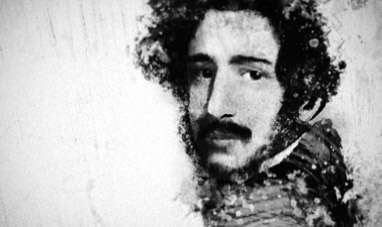

GAETANO DONIZETTI


ANTONIO CANOVA


GIUSEPPE PENONE


GRACE KELLY


GIANLORENZO BERNINI
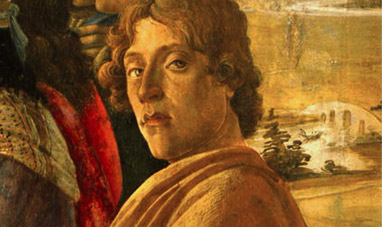

SANDRO BOTTICELLI


AMEDEO MODIGLIANI


JOSEPH BEUYS


JOEL AND ETHAN COEN


MIES VAN DER ROHE
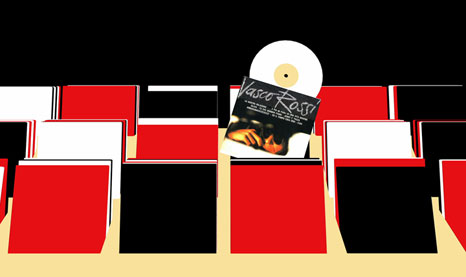

VASCO ROSSI


GIACOMO PUCCINI


RENZO PIANO


GIO PONTI
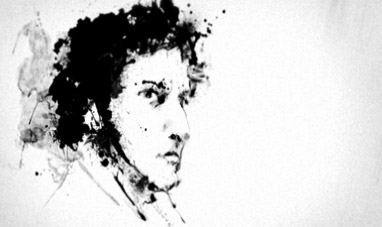

FRÉDÉRIC CHOPIN


PYOTR ILLYCH TCHAIKOVSKY


IMPRESSIONISM


MARTHA GRAHAM


STEVEN SPIELBERG
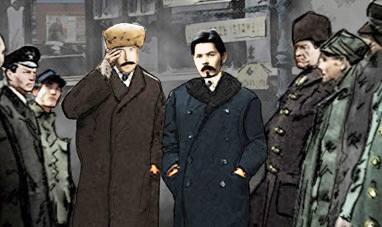

MAXIM GORKY


JOVANOTTI


JACK KEROUAC


CLAUDE MONET
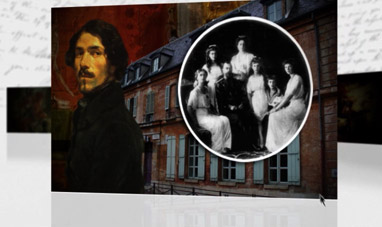

EUGÈNE DELACROIX
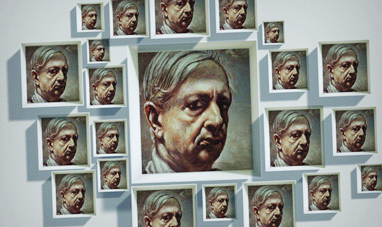

GIORGIO DE CHIRICO
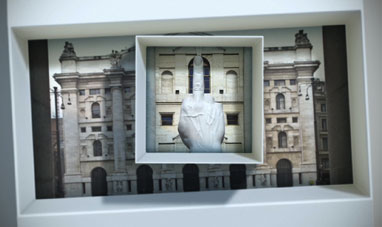

MAURIZIO CATTELAN


PUBLISHERS AND ADVERTISING


PIERO MANZONI


JOHN WAYNE


LEON BATTISTA ALBERTI


FRANK LLOYD WRIGHT


SOPHIA LOREN
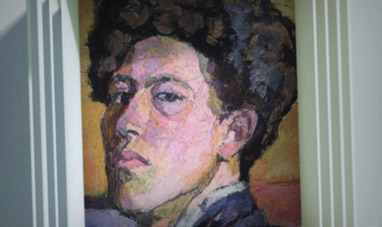

ALBERTO GIACOMETTI
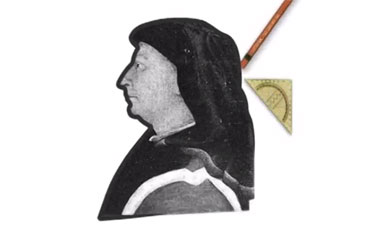

FILIPPO BRUNELLESCHI
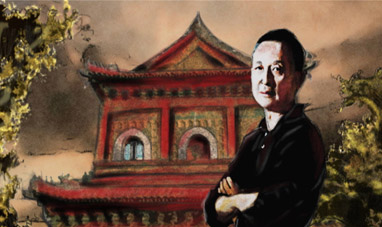

GAO XINGJIAN


ROBERT ALTMAN
